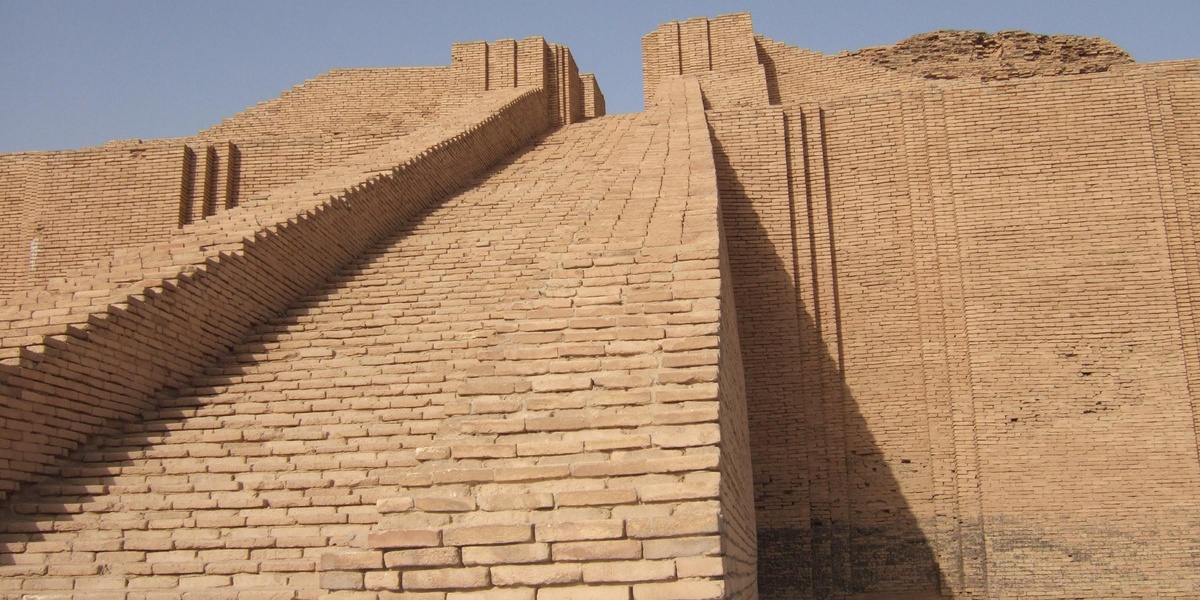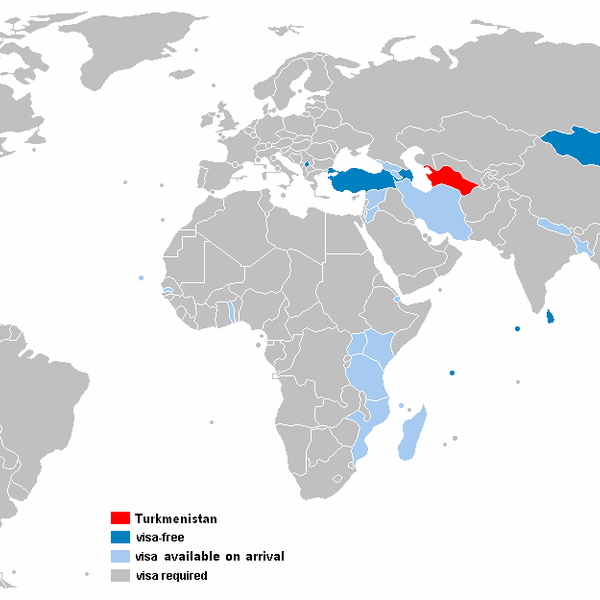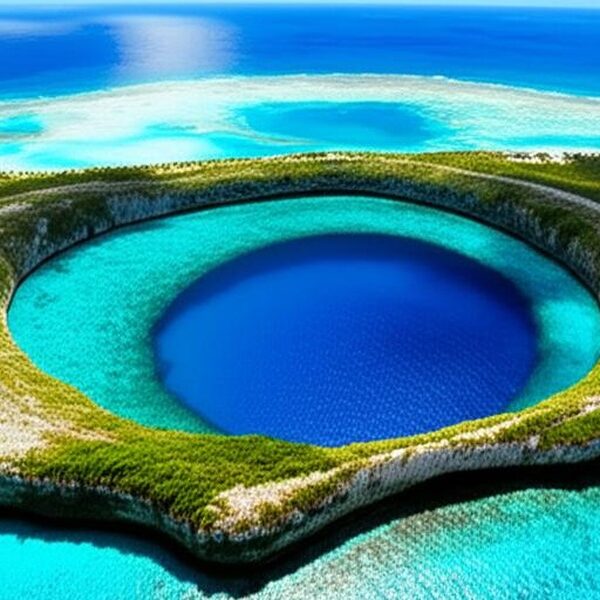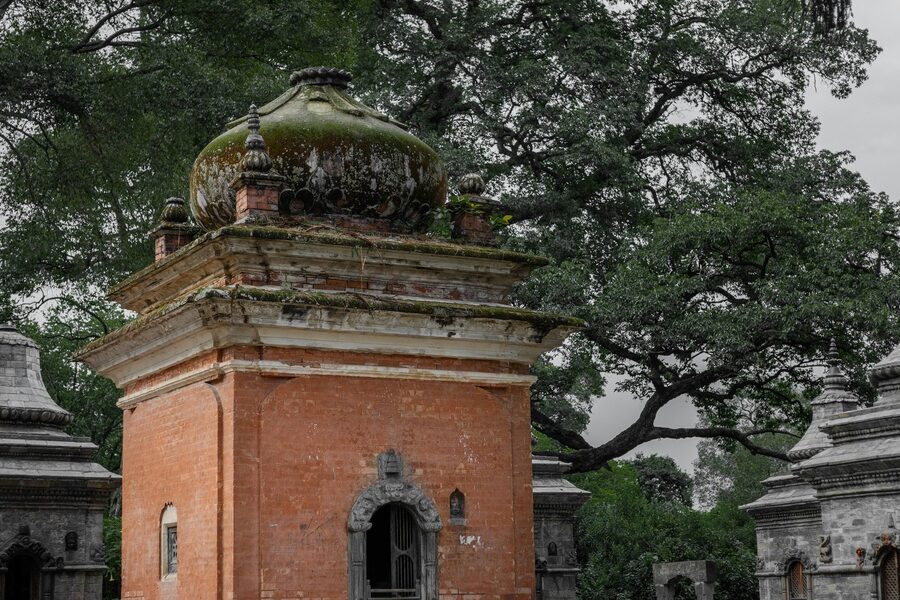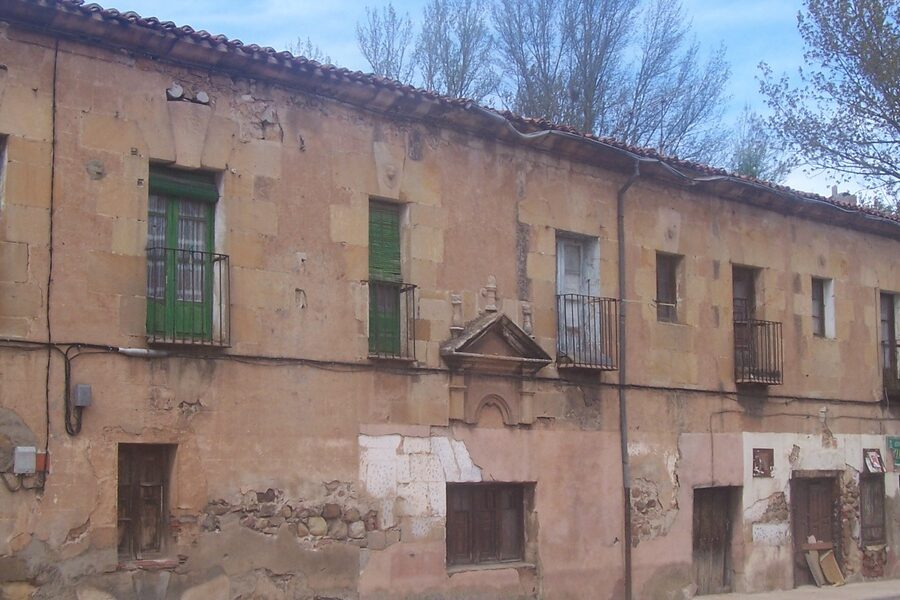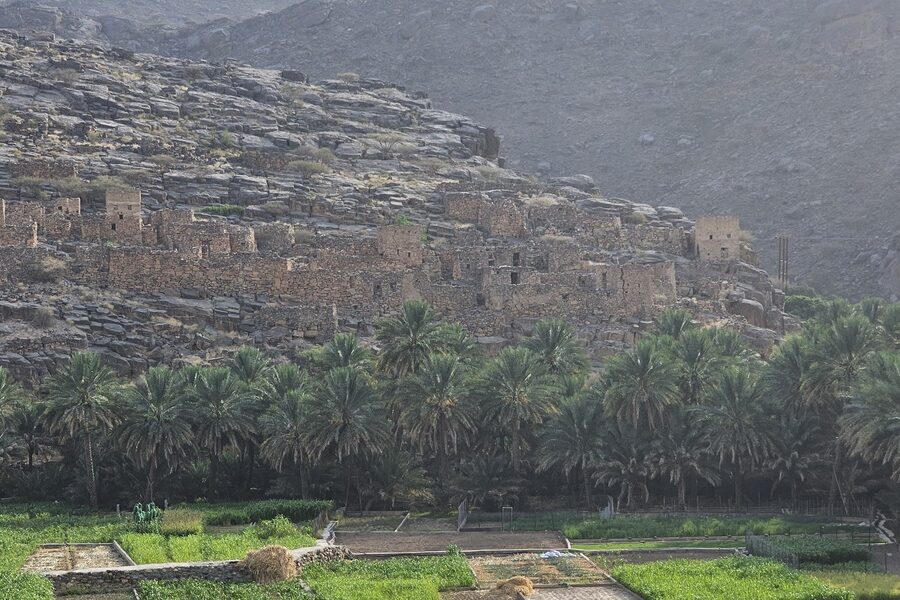Iraq’s terrain is a layered archive of cities, temples and defensive works that tell stories from the Neolithic to the Islamic periods. Archaeologists, travellers and historians still find new insights in its tells, river plains and ruined citadels, where preservation and access vary widely.
There are 26 Ruins in Iraq, ranging from Ashur (Qal’at Sherqat) to Uruk (Warka). For each site you’ll find below Location (Governorate; coords),Period/Culture,Status (condition; UNESCO/visit) so you can compare where they sit, which era they represent and whether they’re protected or visitable; you’ll find the full list below.
Are these sites generally open to visitors and how should I prepare?
Access varies: some ruins are UNESCO-listed and accessible, others are on restricted land or affected by conservation and security issues. Check the Status (condition; UNESCO/visit) column, consult local authorities or travel advisories, arrange permits or guides when required, and respect site rules to avoid damage.
How accurate are the locations and period attributions in the list?
Coordinates and cultural assignments come from published surveys and official records but can be approximate for older reports or disturbed sites. Use the listed Location and Period/Culture as a starting point and verify with recent archaeological publications, UNESCO documentation or national heritage authorities for research or travel planning.
Ruins in Iraq
| Name | Location (Governorate; coords) | Period/Culture | Status (condition; UNESCO/visit) |
|---|---|---|---|
| Babylon | Babil;32.54,44.42 | Neo-Babylonian / Babylonian | Ruined; UNESCO World Heritage (2019), popular day-trip |
| Ur | Dhi Qar;30.96,46.10 | Sumerian | Ruined; well-known site, accessible with visitor areas |
| Uruk (Warka) | Wasit;31.32,45.62 | Uruk period / Sumerian | Ruined; extensive mounds, limited facilities |
| Eridu | Dhi Qar;30.82,45.73 | Ubaid / Sumerian | Fragmentary; remote ruins, fragile remains |
| Nippur | Al-Qadisiyyah;32.12,44.25 | Sumerian / Babylonian | Ruined; archaeological mound, limited visitor services |
| Kish | Babil;32.62,44.42 | Early Dynastic / Sumerian | Ruined; dispersed tells, open countryside |
| Lagash (Tell al-Hiba) | Dhi Qar;31.83,45.00 | Sumerian / Early Dynastic | Ruined; excavated mounds, fragile remains |
| Girsu (Telloh) | Dhi Qar;31.82,45.12 | Sumerian / Lagash | Ruined; important finds, limited on-site interpretation |
| Tell al-‘Ubaid | Dhi Qar;30.93,46.04 | Ubaid period | Ruined; type-site for Ubaid culture, small visitor footprint |
| Ctesiphon (Al-Mada’in) | Baghdad;33.20,44.55 | Parthian / Sassanian | Partially standing; famous Taq Kasra arch, visitable |
| Seleucia on the Tigris | Baghdad;33.16,44.48 | Hellenistic / Parthian | Ruined; riverbank mounds, limited access |
| Nimrud (Kalhu) | Nineveh;36.12,43.15 | Neo-Assyrian | Destroyed/ruined; severely damaged, restricted zones |
| Khorsabad (Dur‑Sharrukin) | Nineveh;36.50,43.21 | Neo-Assyrian | Ruined; visible city plan, statues removed/damaged |
| Nineveh (Kuyunjik) | Nineveh;36.35,43.15 | Neo-Assyrian | Ruined; large mounds, fragile monuments |
| Hatra | Nineveh;35.53,42.73 | Parthian / Roman-era | Ruined; UNESCO World Heritage (1985), badly damaged, partial access |
| Samarra | Salah ad Din;34.20,43.88 | Abbasid / Islamic | Ruined; UNESCO World Heritage (2007), impressive spiral minaret |
| Ashur (Qal’at Sherqat) | Salah ad Din;35.47,43.27 | Assyrian / Old Babylonian | Ruined; UNESCO World Heritage (2003), riverine tell |
| Erbil Citadel | Erbil;36.19,44.01 | Various; Bronze Age onwards | Occupied mound; UNESCO World Heritage (2014), limited archaeological access |
| Tell es‑Sawwan | Salah ad Din;34.06,44.60 | Neolithic / Chalcolithic | Ruined; early village remains, archaeological interest |
| Tell al-Rimah | Nineveh;35.83,43.62 | Old Babylonian / Assyrian | Ruined; excavated tombs and inscriptions |
| Tell al-Hiba (Umma) | Dhi Qar;31.84,45.01 | Sumerian / Umma | Ruined; temple foundations, dispersed mounds |
| Tell al-Hashim (Tell al-Muqayyar environs) | Dhi Qar;30.95,46.09 | Sumerian context | Ruined; small tell clusters, archaeological relevance |
| Kish (Tell al-Uhaimir) | Babil;32.62,44.41 | Early Dynastic / Akkadian | Ruined; multi-period tell, accessible ruins |
| Tell Arpachiyah (northern) | Dohuk;36.92,43.07 | Halaf / Neolithic | Ruined; prehistoric tell, notable pottery |
| Kurd Qal’eh (various small tells) | Erbil;36.20,44.10 | Early Bronze Age onwards | Fragmentary; local mounds, limited facilities |
| Qalat Sherqat (local fortress area) | Salah ad Din;35.48,43.30 | Assyrian / later reuse | Ruined; fortress remains, visitor caution advised |
Images and Descriptions
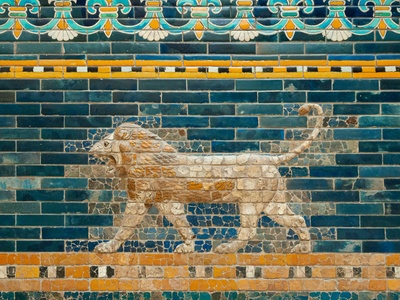
Babylon
Ancient capital famed for Nebuchadnezzar II, reconstructed walls and foundations. Visitors see mounds, brick remains and inscriptions; much damaged but iconic for Mesopotamian history and archaeology.

Ur
Cuneiform-era royal cemetery and ziggurat of Ur, important Sumerian city-state. The partially preserved ziggurat dominates the tell; excavated tombs reveal great wealth and early urban civilization.
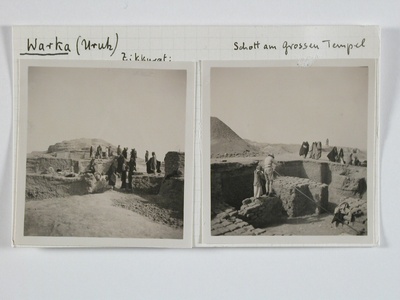
Uruk (Warka)
One of the world’s first major cities, linked to the invention of writing. Massive mounds, temple foundations and street plans illustrate early urban life and monumental architecture.
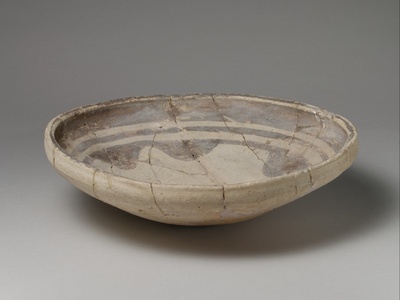
Eridu
Considered one of the oldest cities in southern Mesopotamia. Low mounds preserve temple sequences from temple-founded Ubaid period through early dynastic layers, offering insight into earliest urban religion.
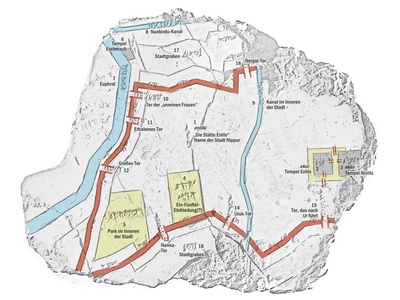
Nippur
Spiritual center of ancient Mesopotamia where the god Enlil was worshiped. Large tell with temples, administrative buildings and thousands of cuneiform tablets found in excavations.
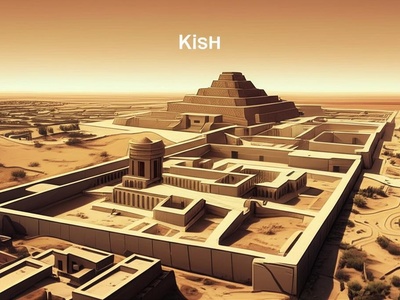
Kish
Important early city-state mentioned in Sumerian king lists. Multiple tells with palaces and graves; significant for understanding early state formation and inter-city relations.
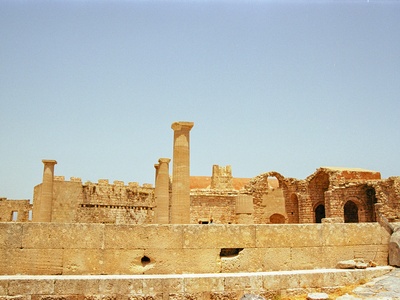
Lagash (Tell al-Hiba)
Capital of the Lagash state with temples, administrative buildings and inscribed monuments. Excavations revealed rich artifacts illuminating governance and art in the Early Dynastic period.
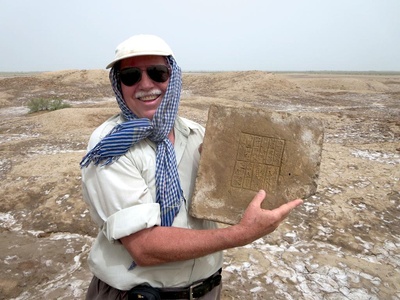
Girsu (Telloh)
Religious and administrative center for Lagash. Famous for monumental sculptures and the Gudea inscriptions; extensive pottery and temple remains survive in scattered mounds.
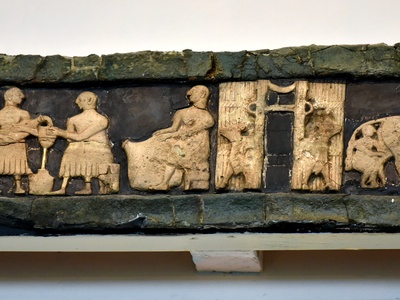
Tell al-‘Ubaid
Archaeological type-site giving its name to the Ubaid culture: early village and temple remains, pottery sequences and evidence for early social complexity in southern Mesopotamia.

Ctesiphon (Al-Mada’in)
Seat of Parthian and Sassanian empires near modern Baghdad. The vast Taq Kasra brick arch and palace ruins are evocative Sassanian monuments amid extensive archaeological remains.
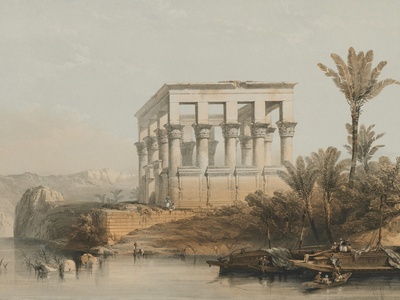
Seleucia on the Tigris
Major Hellenistic-Parthian metropolis rivaling Babylon. Ruined streets, palace foundations and Hellenistic urban layout illustrate Mesopotamia’s classical-era diversity and long-distance connections.
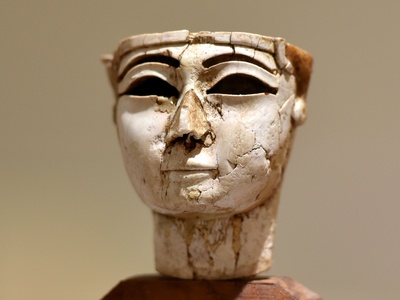
Nimrud (Kalhu)
Once a major Assyrian capital with palaces and reliefs. Site suffered extensive looting and destruction but still contains monumental foundations and archaeological layers important for Assyrian history.
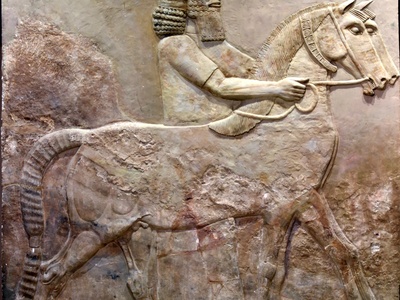
Khorsabad (Dur‑Sharrukin)
Built by Sargon II as a planned Assyrian capital. Fortified layout, palace platforms and guardian figures mark imperial ambition; many sculptures were removed or destroyed over time.
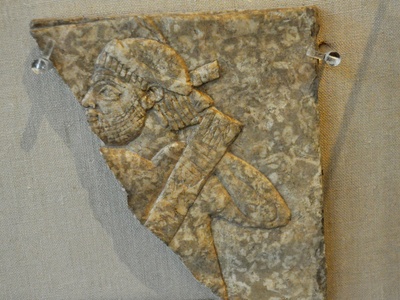
Nineveh (Kuyunjik)
The sprawling city adjacent to modern Mosul, famed for Ashurbanipal’s library and grand palaces. Mounds preserve monumental architecture and rich textual finds, despite wartime damage.
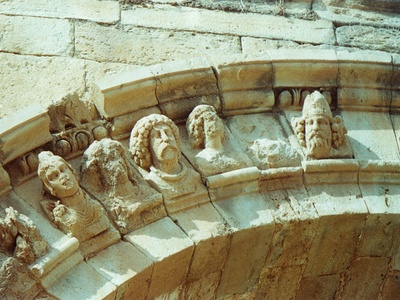
Hatra
Fortified Hellenistic-Parthian city with temples blending Greek and Near Eastern styles. Once a caravan and religious center; ruins include temple remains and city walls, partially restored but previously heavily damaged.
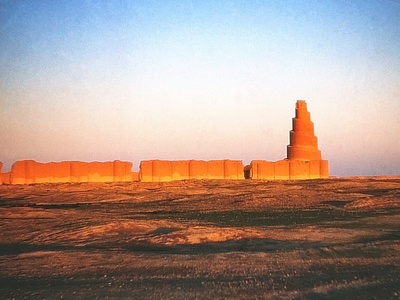
Samarra
Abbasid-era capital with monumental Great Mosque and spiral Malwiya minaret. Archaeological cityscape reveals palaces, mosques and unique Islamic artistic innovations along the Tigris.
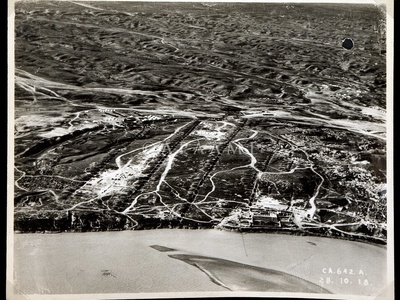
Ashur (Qal’at Sherqat)
Ancient Assyrian religious capital on the Tigris with temple platforms, palaces and inscriptions. Extensively excavated; fragile remains illustrate Assyria’s early imperial development.
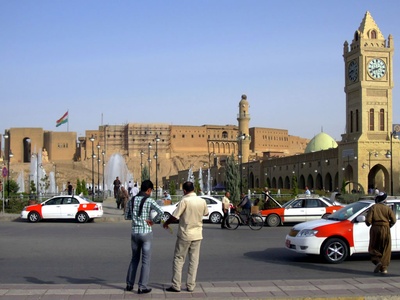
Erbil Citadel
Centuries-old fortified mound continuously inhabited. Layers span from the Bronze Age to Ottoman times; narrow streets and foundations reveal long urban continuity and Kurdish cultural heritage.
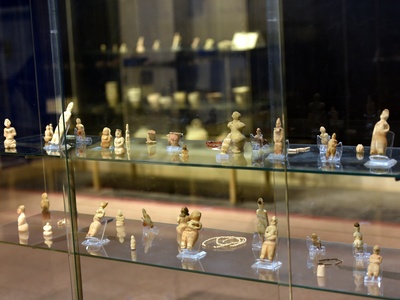
Tell es‑Sawwan
Neolithic tell showing planned mudbrick houses, irrigation and early agriculture near Samarra. Important for studying Neolithic settlement patterns and the transition to village life in Mesopotamia.
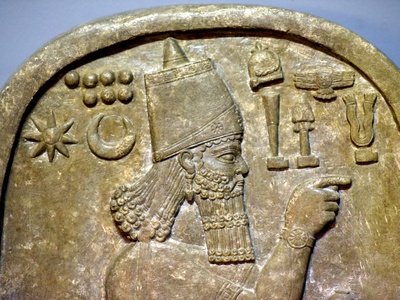
Tell al-Rimah
Ancient administrative center with royal inscriptions and stamp seals. Finds include archives and monuments that clarify Old Babylonian and Assyrian-period politics and trade.
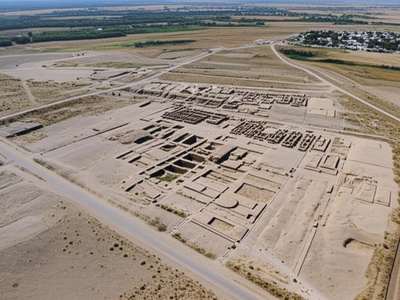
Tell al-Hiba (Umma)
Former city of Umma, long rival of Lagash. Excavations uncovered administrative buildings, boundary stones and artifacts shedding light on inter-city conflict and law in early Mesopotamia.

Tell al-Hashim (Tell al-Muqayyar environs)
Clustered mounds in the Ur area preserving domestic architecture, pottery and everyday artifacts. These satellite tells illustrate settlement patterns around major cities and local life in ancient Sumer.
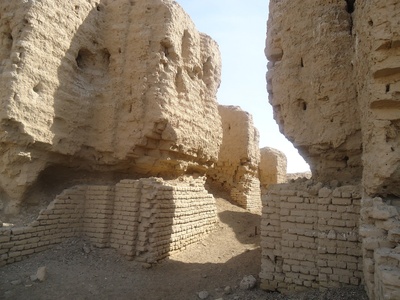
Kish (Tell al-Uhaimir)
Kish is cited in ancient king lists as early hegemonic city. Excavations revealed palaces, graves and administrative remains spanning the third millennium BCE and beyond.

Tell Arpachiyah (northern)
Northern Iraqi tell with rich Halaf-period painted pottery and round houses. Important for understanding Neolithic craft, village life and early ceramic traditions in Upper Mesopotamia.
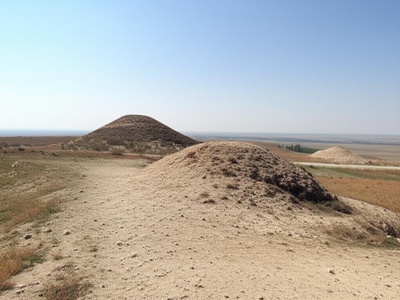
Kurd Qal’eh (various small tells)
Cluster of small tells near Erbil showing domestic and defensive remains across millennia. These lesser-known sites help reconstruct regional settlement continuity and daily life.
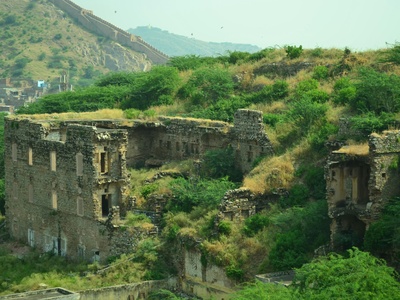
Qalat Sherqat (local fortress area)
Hilltop fortifications and re-used Assyrian structures illustrating military and administrative continuity. Stone and mudbrick foundations reveal long-term strategic importance along the Tigris corridor.

